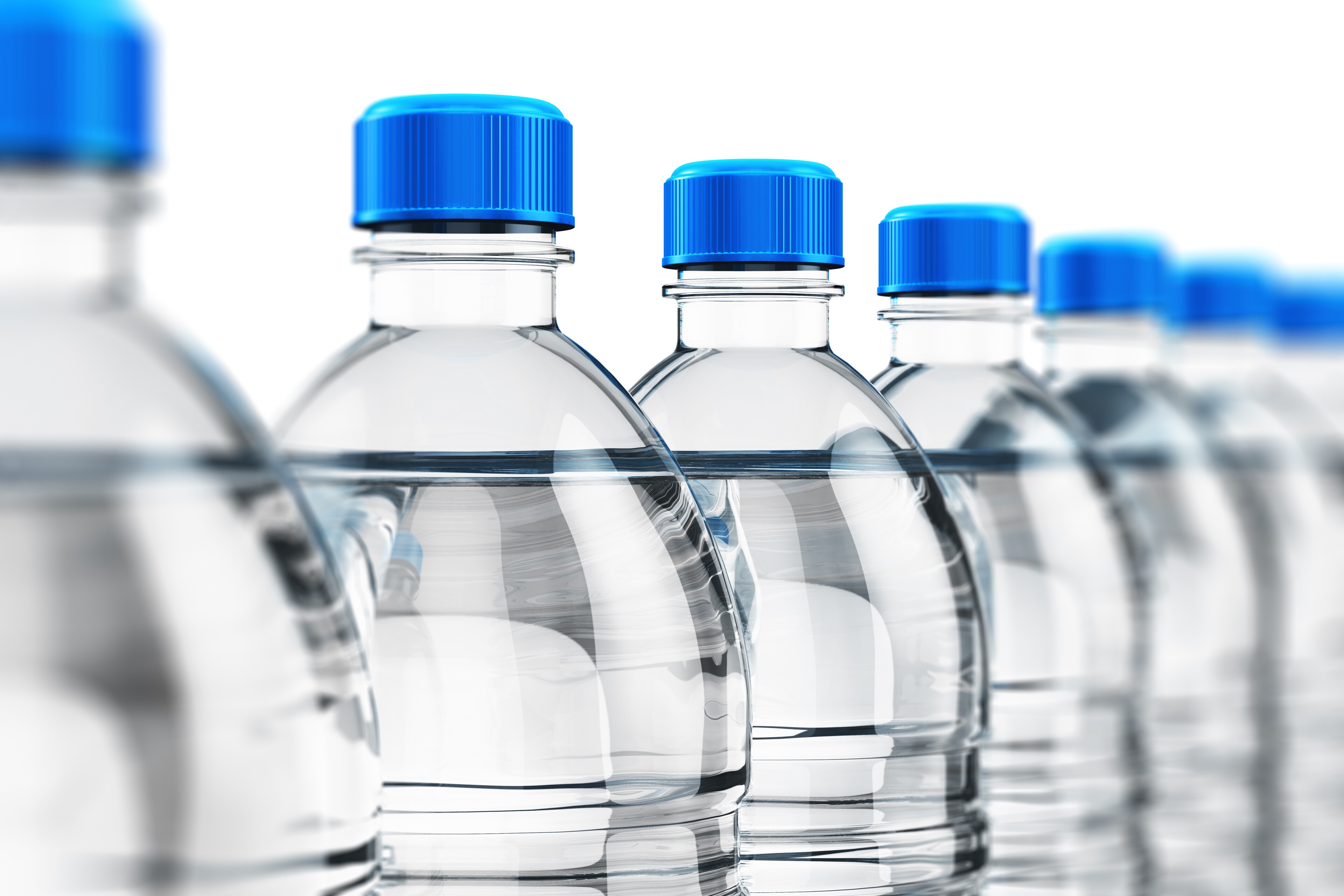Valued at US $147 billion per year1, bottled water is the fastest growing beverage market in the world, in large part due to its value as an alternative to tap water and for its purported purity. However, bottled water has now come under scrutiny as a carrier of possibly toxic microplastics.

Bottled water is the fastest growing beverage market in the world
Plastic litter, both at the macro and micro scale, is widespread and has accumulated worldwide in the environment. Due to ultraviolet (UV) radiation, oxidation and mechanical forces, plastic items break down into increasingly smaller microplastic fragments, below 5 mm in diameter. Micro-sized fragments such as synthetic fibers from textiles, facial cleansers and many other products also introduce microplastics directly. This has led to a buildup of microplastics of varying sizes in marine sediments and our water supply.
While the effects of ingesting microplastics is a controversial topic, the issue should be of concern to both producers and consumers. Research by Orb Media, a nonprofit journalism organization based in Washington, D.C.,2 shows that a single bottle can hold dozens or possibly even thousands of microscopic plastic particles. Tests on more than 250 bottles from 11 brands reveal contamination with plastic including polypropylene, nylon, and polyethylene terephthalate (PET). One bottle had a concentration of more than 10,000 particles per liter.
Identifying microplastics in water is now possible. We recently released important studies that demonstrate the value of FTIR and Raman microspectroscopy in detecting microplastics from aqueous samples.
FTIR microscopy is ideally suited for the analysis of microplastic particles larger than 10 μm. In our study, published by our Molecular Spectroscopy specialists, representative spectra from water samples were filtered and dried and then directly placed onto the sample stage of microscopes for microspectroscopic analysis.
Using the polyethylene spectrum for a reference standard, a correlation map relating to each spectrum in the map was constructed, where the spots from the sample are strongly correlated to polyethylene. After a region from the video image is selected, the software identifies the target particles and proceeds to produce spectra for each particle. These spectra are then searched against a spectral library. The data can then be back–extrapolated through the volume of filtered liquid to provide a semiquantitative measure of the particulate concentrations.
For particles smaller than 10 μm, Raman imaging microscopy offers a powerful solution with a spatial resolution down to 0.5 μm. Studying a sample of ocean water collected from the Pellestrina beach in the Lagoon of Venice, the Raman microscope recognized and located several particles on the alumina filter from the optical image. A real-time multivariate curve resolution provided a chemical identification and direct visualization of the particles of different chemical origins.
Read More Below
Leave a Reply